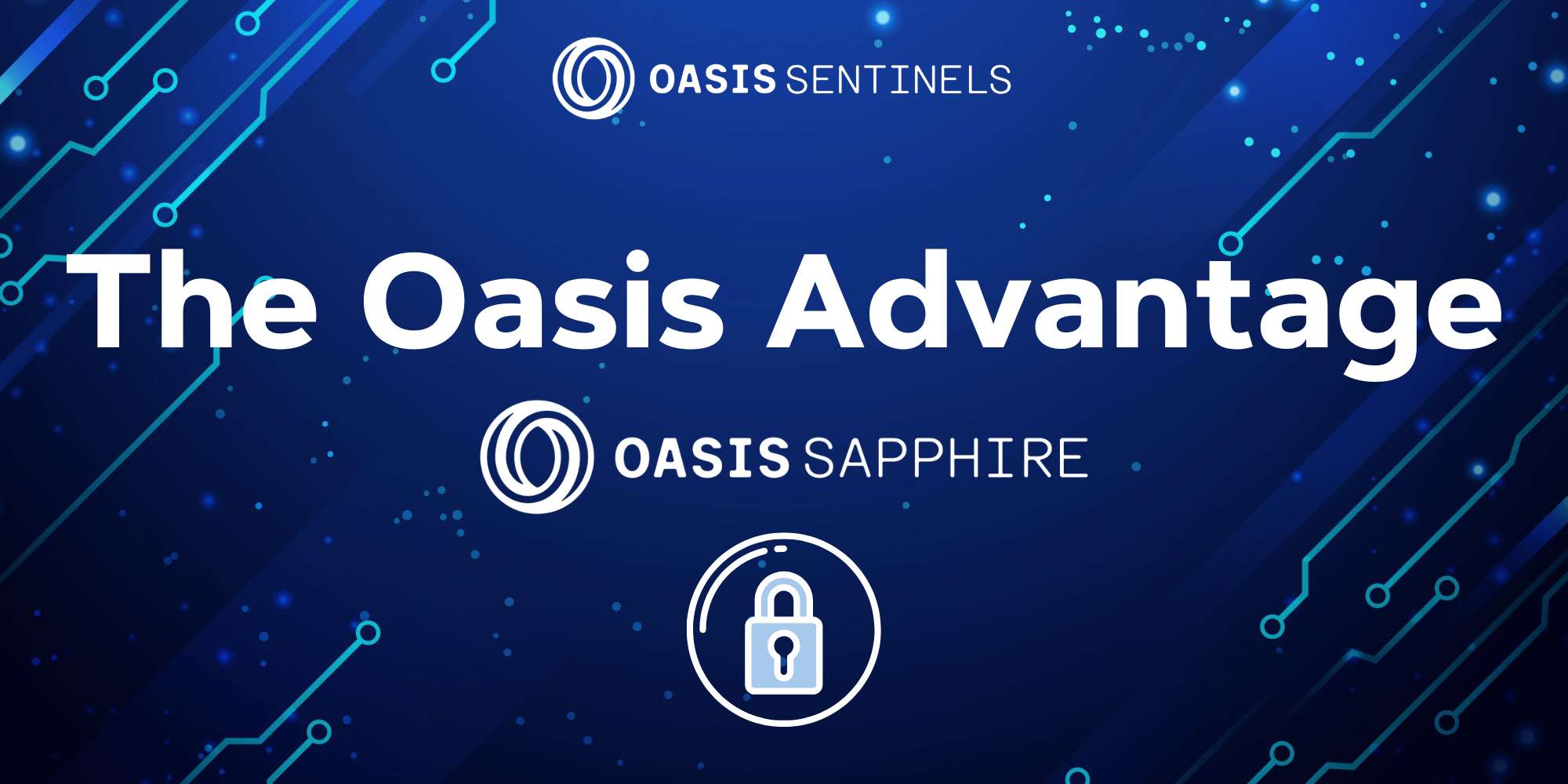It started with a Bored Ape. A quirky, pixelated primate became the proving ground for a seismic shift in how we think about blockchain ownership.
The world of NFTs, digital assets, and smart contracts has long operated under a binary principle: either you control the private key, or you don’t. That key, invisible but all-powerful, has been the singular gatekeeper of digital sovereignty. Lose it? You lose everything. Share it? You risk everything. But what if that foundational assumption no longer held true?
Enter Liquefaction, a revolutionary new wallet system built on the Oasis Sapphire runtime. Liquefaction doesn’t just tweak the user experience or optimize transaction throughput; it reimagines the core logic of blockchain control. What if a single wallet could be shared, rented, or governed by programmable rules? What if private keys didn’t need to be seen or even accessible to be useful?
What if, in short, access could replace ownership?
The Myth of Binary Ownership
To understand why Liquefaction is so groundbreaking, we have to step back and consider the current landscape.
Ownership on Ethereum and other public blockchains is defined by a single fact: possession of a private key. That key confers complete control. But it also presents an all-or-nothing dilemma. For years, developers and users have struggled with this inflexibility. Institutions want shared custody. Users want to lend and rent NFTs without risking theft. DAOs want to delegate power. But the infrastructure to do these things securely without exposing private keys simply didn’t exist.
Liquefaction: A Quiet Revolution in the Wallet

Liquefaction emerged from a research spark at IC3 and Cornell, inspired by the idea of using private keys to sell DAO votes. But it has evolved far beyond that. Built on Oasis Sapphire, Liquefaction uses Trusted Execution Environments (TEEs) to encumber private keys, sealing them inside secure hardware enclaves that no one, not even the wallet creator, can extract or tamper with.
Instead of handing someone the raw keys, Liquefaction lets users delegate permissioned access. Think of it as a programmable safe that will only open when certain cryptographic conditions are met and those rules are enforced not just by code, but by verifiable hardware.
It’s this fusion of programmable access and hardware-level security that allows for something previously impossible: safe, temporary ownership.
From Control to Coordination

Let’s walk through an example: a Bored Ape Yacht Club NFT one of the most iconic and high-value NFT collections in Web3. Owning a Bored Ape isn’t just about the image; it’s a membership card, a flex, and a passport into exclusive digital experiences.
Through the Take My Ape demo, built using Liquefaction, users can temporarily "own" Ape #8180 by bidding in ROSE tokens. The winning bidder doesn’t receive the private key. Instead, they gain time-limited permissions to use the NFT. That includes displaying the image, signing messages, entering gated apps, and even participating in BAYC Studio environments.
Importantly, they can’t transfer the NFT a hard stop enforced by smart contracts and TEE-based policies. Theft becomes mathematically impossible. And yet the illusion of full ownership the rights, the utility, the status remains completely intact.
This flips the NFT economy on its head. Suddenly, access is the product, not possession. Liquidity explodes. Barriers melt. The idea that digital assets must be held in a single wallet becomes obsolete.
The Oasis Advantage

Why Oasis? Why Sapphire? Because Liquefaction isn't just a UX innovation, it’s a privacy and security story at its core.
Sapphire is the only EVM-compatible confidential smart contract runtime. It allows smart contracts to run in TEEs, where both code and data remain encrypted during execution. That means rules that govern access like rental time limits or user identities can be kept confidential, while still being enforced with cryptographic integrity.
Moreover, attestation a built-in feature of TEEs allows any user to verify that the code executing inside the enclave is the correct, unmodified version. Combine that with Sapphire’s consensus guarantees and liveness proofs, and you have a system that is not only trustless, but unstoppable.
This is critical. Without liveness, someone could simply turn off the machine holding your access policy. Without attestation, someone could quietly swap your rules. With Sapphire, these risks vanish.
Beyond Apes: Unlocking Billions
Let’s be clear: the Bored Ape demo is just the beginning.
The real vision for Liquefaction is far more expansive. Imagine DAOs that delegate voting power without exposing wallets. Imagine token pools where contributors retain partial control. Imagine time-bound access to financial products, shared multisig accounts with dynamic conditions, or decentralized escrow systems where no one can run off with the money.
Even more tantalizing: unlocking the trillions in illiquid digital assets. Think of every token stuck in a wallet, every NFT idling in cold storage. Liquefaction offers a path to safely monetize, share, or lease these assets without transferring ownership. In this new paradigm, utility becomes liquid even when the asset itself stays put.
In the same way oracles once brought real-world data on-chain, and rollups brought scale, Liquefaction brings a layer of programmable trust that the space has been aching for.
What's Next?
We’re witnessing the birth of a new primitive. Like multisigs, like ZK-proofs, like MEV auctions Liquefaction is a base-layer capability that will reshape how blockchains are used.
Developers are already exploring simplified SDKs to integrate Liquefaction into games, DeFi protocols, and wallets. The use cases span far beyond NFTs: temporary keys for lending protocols, access-controlled DAOs, regulatory-compliant custodial services, and even gaming avatars with transferable skillsets.
As a writer and builder in this space, I can’t help but feel the same tingling excitement that came with the early days of flash loans or decentralized identity. Something fundamental has shifted. The conversation is no longer just about who owns what, but who can use what, and when.
Final Thoughts
Liquefaction, powered by Oasis Sapphire, is not just a technical achievement; it’s a philosophical one. It dares to challenge one of the oldest axioms in cryptography: that secrecy equals security.
Instead, it proposes something bolder: shared security, programmable access, and provable control without ever revealing the keys.
And if a cartoon ape can be the most traded NFT in history under this model, just imagine what’s possible when we apply it to the rest of Web3.
Ownership is no longer the endpoint. It’s the beginning of a conversation about how access, privacy, and trust can truly scale in a decentralized world.
Oasis Socials
-
Oasis May Month in Review on YouTube.
-
Follow Oasis Protocol on X.




评论 (0)